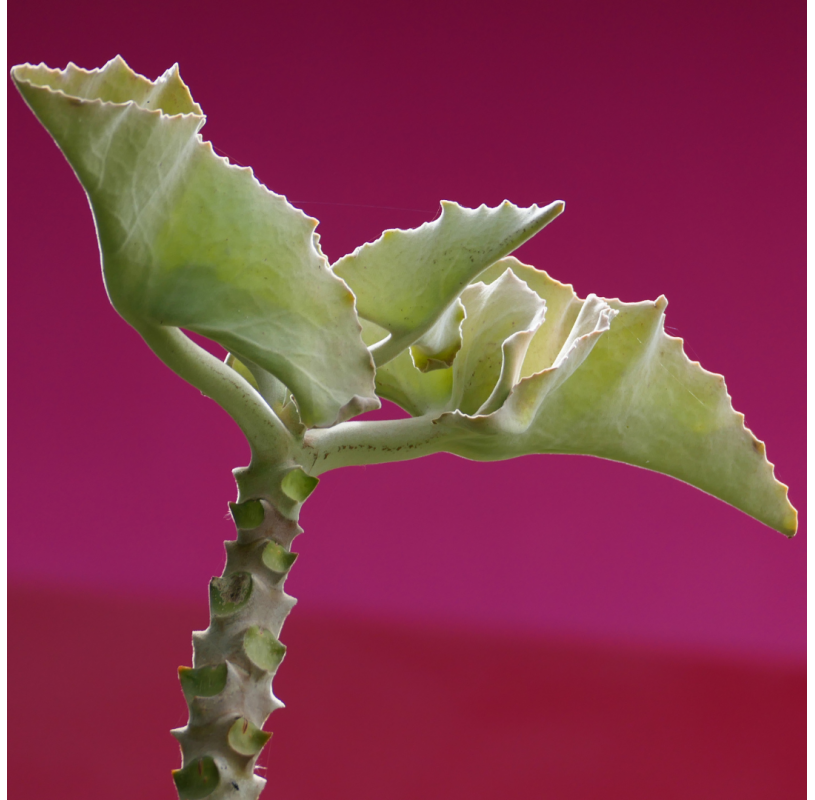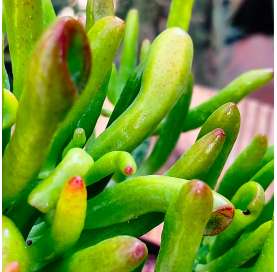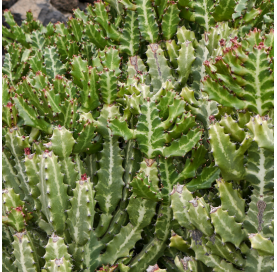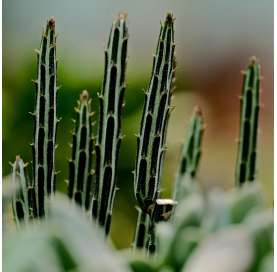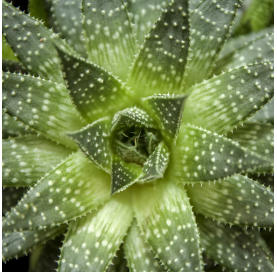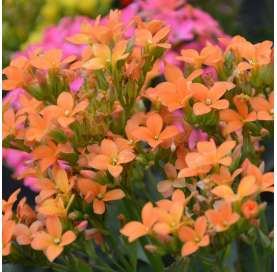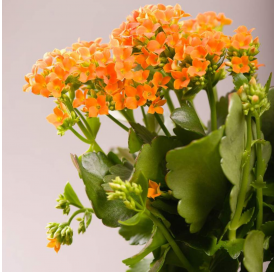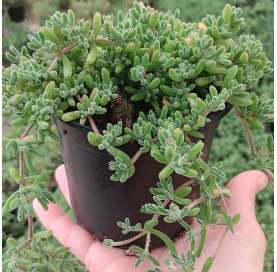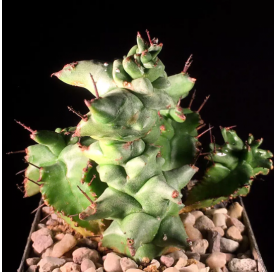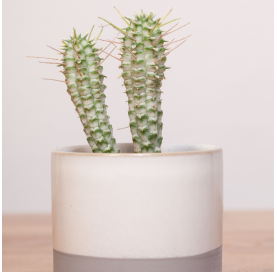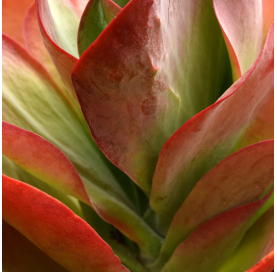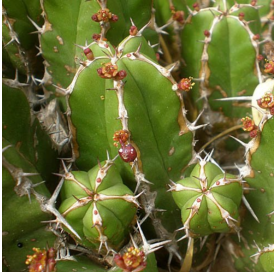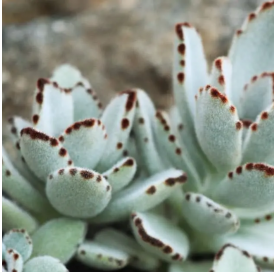Kalanchoe beharensis
Kalanchoe beharensis, known as the "Velvet Elephant Ear," is a succulent native to Madagascar. It features triangular, velvety leaves that retain water efficiently. Perfect for modern gardens and interior décor, it thrives with bright light, moderate watering, and warm temperatures.
 Encrypted payments for greater security
Encrypted payments for greater security
To reduce the plant's time in transit, shipments are made from Monday to Wednesday.


Shipping only to mainland Spain and mainland Portugal
Kalanchoe beharensis
Description
Kalanchoe beharensis, commonly known as the "Velvet Elephant Ear" or "Felt Bush," is a large succulent known for its triangular, thick, and velvety leaves. The leaves can grow up to 20 cm (8 inches) long, with a greenish-gray color and brown or bronze edges. This plant can develop into a shrub or small tree, reaching up to 3 meters (10 feet) in height in its natural habitat.
Origin
Kalanchoe beharensis is native to Madagascar, specifically the southern region, where it thrives in semi-arid conditions. The plant is named after the Behara district in Madagascar, where it was first identified.
History
Discovered and described in the 19th century, this species has become one of the most iconic in the Kalanchoe genus due to its unique, sculptural appearance and velvety texture. It has gained popularity worldwide as an ornamental plant due to its adaptability and striking look.
Fun Facts
- The velvety coating on the leaves not only adds to its beauty but also helps reduce water loss by protecting the plant from excessive heat.
- Due to its size and shape, it is often used as a focal point in desert or modern gardens.
- If properly cared for, this plant can live for many years, becoming a stunning centerpiece in any collection.
Care
- Light: Requires bright, indirect light. It can tolerate direct sunlight if acclimated gradually, but in hot climates, it should be shielded from intense midday sun.
- Temperature: Thrives in warm temperatures between 18–28°C (64–82°F). It is not frost-tolerant, so it should be protected or brought indoors during winter if grown in pots.
- Soil: Prefers well-draining soil, such as a mix designed for succulents and cacti. Adding coarse sand or perlite improves drainage.
- Fertilizer: Feed monthly during spring and summer with a balanced fertilizer for succulents.
Watering
- Frequency: Water only when the soil is completely dry. In summer, this is typically every 10–14 days; in winter, every 3–4 weeks.
- Avoid: Overwatering or allowing water to accumulate at the base of the plant, as this can lead to root rot.
Pruning
- When to prune: Regular pruning is unnecessary, but you can remove dry or damaged leaves to maintain a clean appearance.
- Flowers: Once the flowers fade, cut back the inflorescence. While it rarely blooms, its flowers are small and greenish-yellow.
Additional Facts
- The velvety leaves serve as a natural defense against herbivores in its native habitat, as their texture and taste deter animals.
- Indoors, this plant's sculptural form and striking texture make it ideal for modern or minimalist décor.
12 other products in the same category:
-
Crassula Ovata Hobbit...€5.10
-
Euphorbia lactea€6.00
-
Kleinia stapeliiformis€3.50
-
Hawortia venosa€6.00
-
Kalanchoe blossfeldiana.€3.60
-
Kalanchoe blossfeldiana€0.00
-
Mesembryanthemum...€2.20
-
Euphorbia Horrida...€6.00
-
Euphorbia mammillaris€0.00
-
Kalanchoe luciae€0.00
-
Euphorbia handiensis€6.00
-
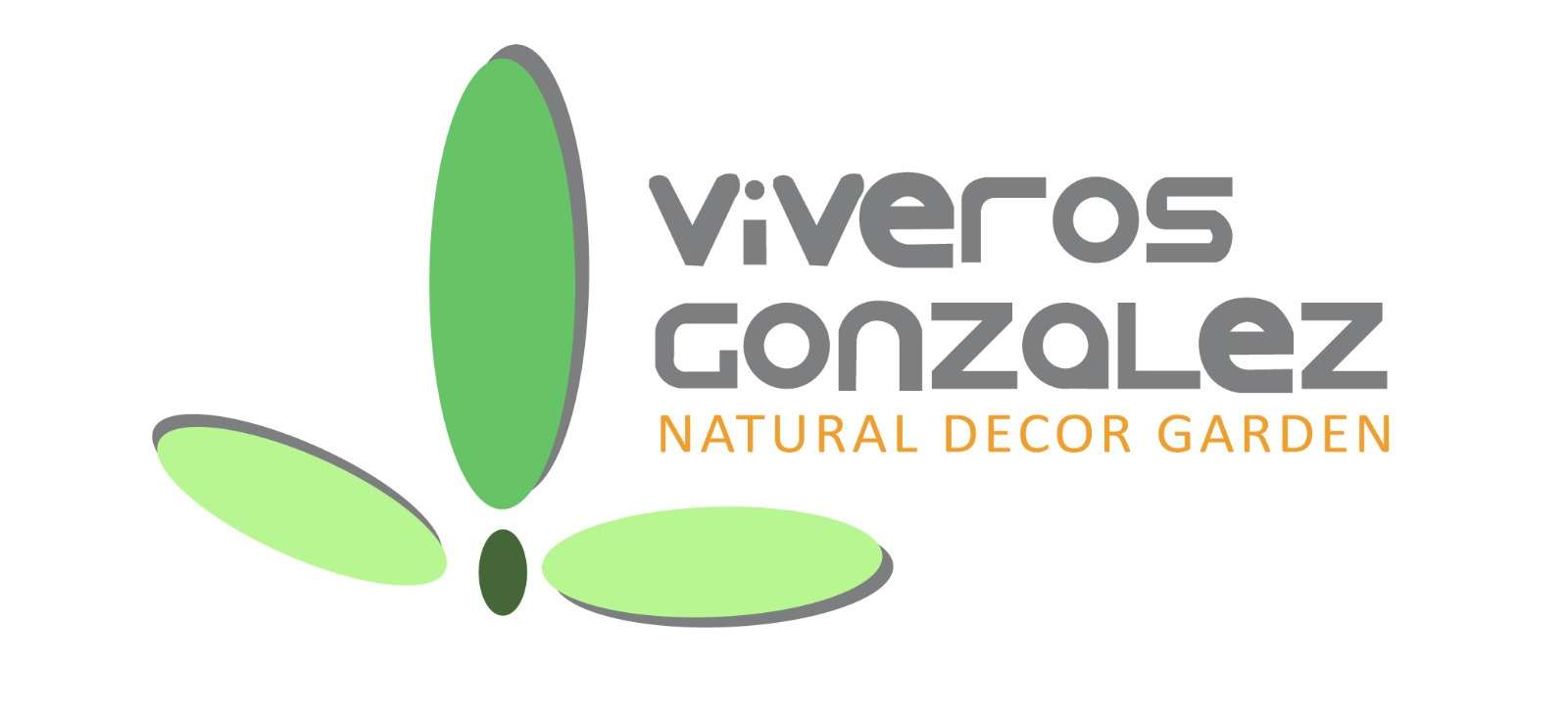
 English
English Spanish
Spanish